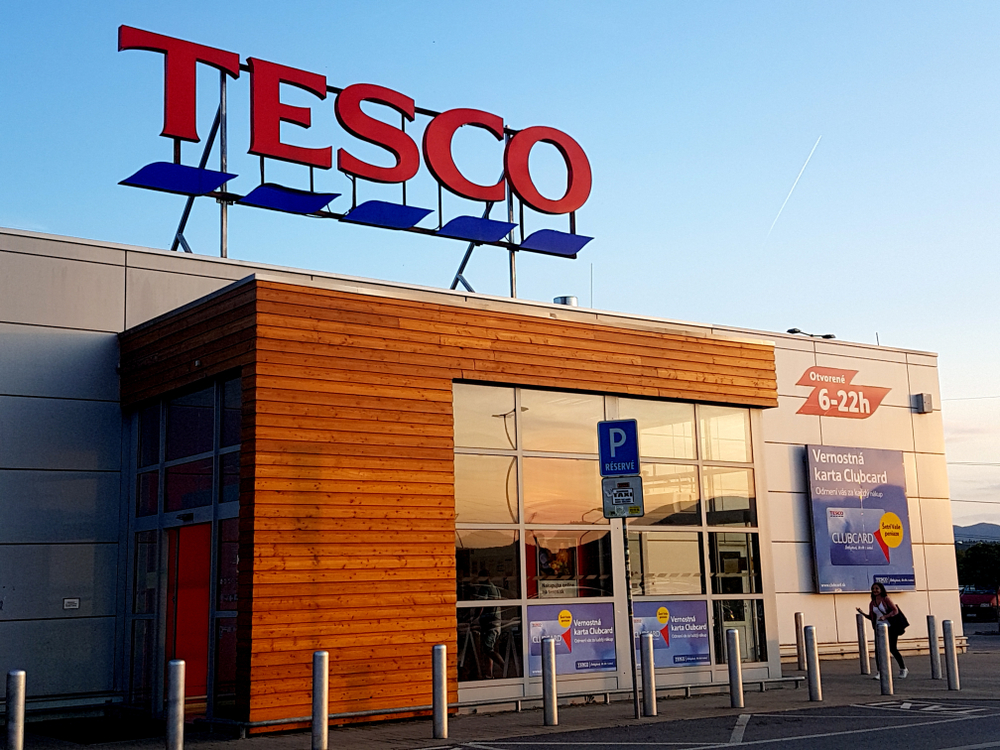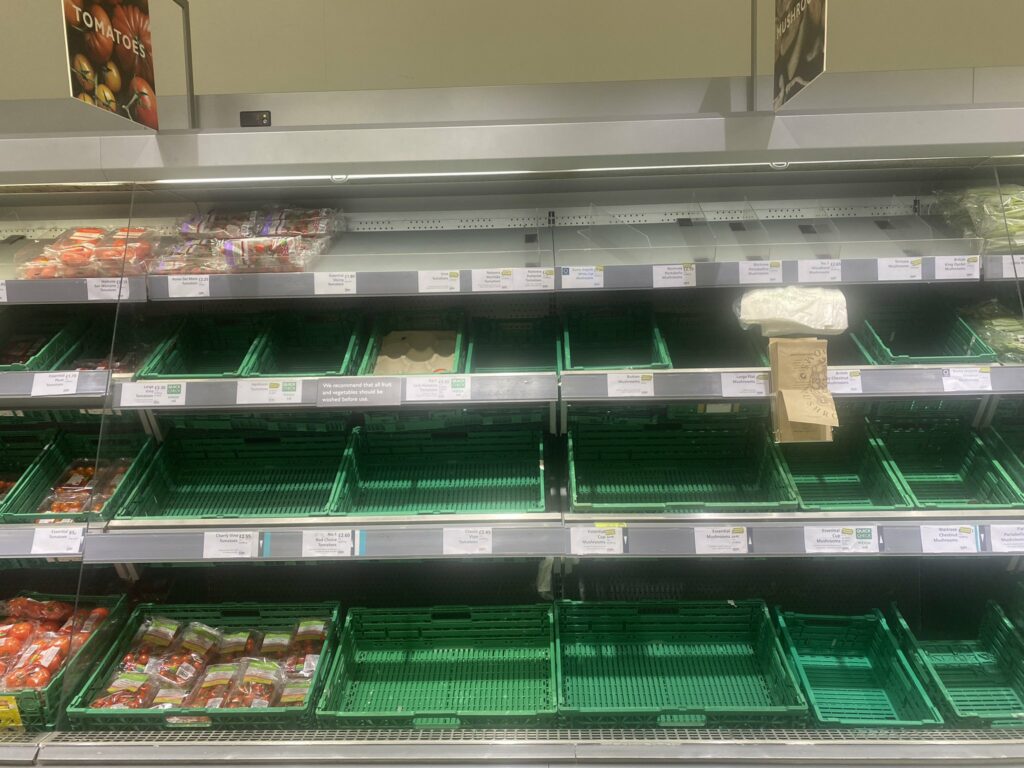Whilst we are all urged to remember the real meaning of Christmas, in reality, for most people, the single most important factor in the success or otherwise of their ‘Christmas experience‘ in the 21st century relates to shopping, be it for presents, either on-line or on the high street, or the all-important festive food and drink.
In order to exploit this frenzy of seasonal spending, retailers must skilfully orchestrate their supply chains throughout the year – and especially in the final few months – to ensure that the customer is able to find what they want, where and when they want to buy it, throughout the critical peak trading period.
Planning for Christmas in the retail world begins almost as soon as the last Christmas is over; buyers must try to predict what their customers will want to buy almost 12 months in the future and, having done so, decide where to source it. From July onwards, stock-building for Christmas starts in earnest, placing pressure on distribution networks. To alleviate this pressure, some retailers are opening dedicated Christmas warehousing operations during the final few months of the year or relying on third-party logistics providers to provide overflow storage.
To get their top-selling lines on to the sales floor as quickly as possible, retailers might be asking their vendors to deliver store-ready product or ratio packs. Whilst this actually simplifies the picking operation, i.e., box-bundle in/box-bundle out, it can create additional work on the receiving side to ensure that everything has been packed correctly.
In addition, a retailer may be using suppliers they have not previously traded with, requiring additional QA/QC checks to be carried out, as well the fact that the goods may not have DC ready labels and bar-codes or be packed in a manner that suits the DC‘s layout. In many cases, these are brand new product lines which your warehouse management system will not recognise, which also means that they must be weighed and measured and input into the WMS.
Whilst major retailers have the clout to demand exactly what they need of their regular suppliers, if they are only using them once or for the first time, this can make for a time-consuming receiving process. Cloud-based software for supplier compliant labelling and electronic ASN information can help with the additional challenges of this new material arriving in the distribution centre, whilst system directed workflows ensure all the necessary checks are performed.
To accommodate large quantities of new lines in addition to the existing stock-holding, retailers must modify their existing warehousing operations. This can be a simple case of defining new pick-faces for new lines or the more complex setting up of new zones and picking rules. Either way, slotting optimisation software can automatically determine the best locations to place these new products and seamlessly move existing lines into smaller pick faces or less prominent locations, whilst a sophisticated WMS will allow work to be planned and executed in streamlined waves to ensure delivery schedules are maintained and customer and store commitments are honoured.
Having decided how to lay out the warehouse, retailers must also ensure that they have the staff to operate it. Whilst offering existing staff overtime is one option, in many cases, there is also a need to introduce additional shifts and use agency staff to make up the numbers, although rarely on such a grand scale as Amazon which recently announced that it will require an additional 10,000 staff to handle the expected increase in volume in the run-up to Christmas 2012.
And, as we approach the time when these products are starting to make an appearance in many stores, many retailers also require additional store staff to accommodate increased delivery frequency and volumes and longer opening hours. Argos for example has announced




























